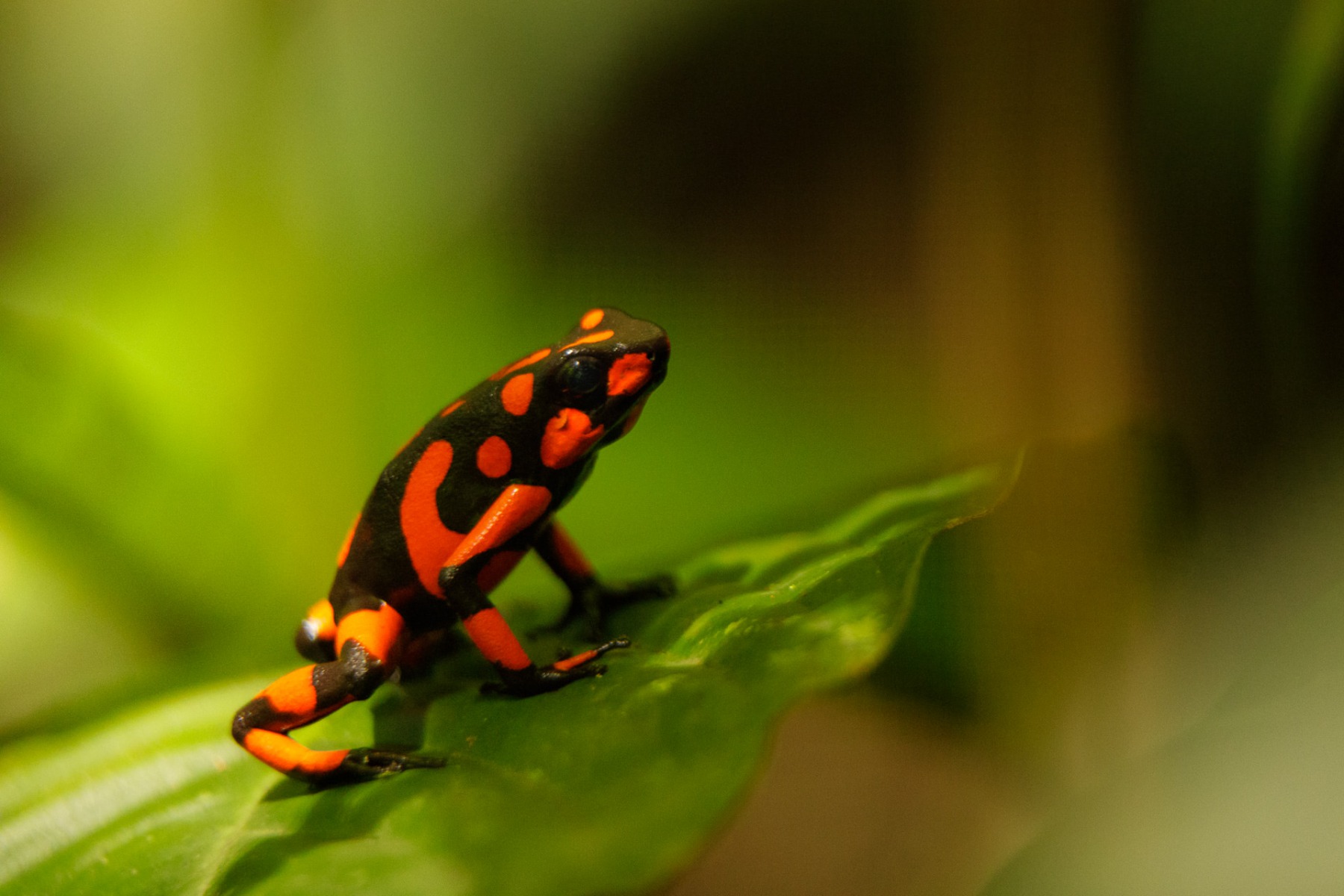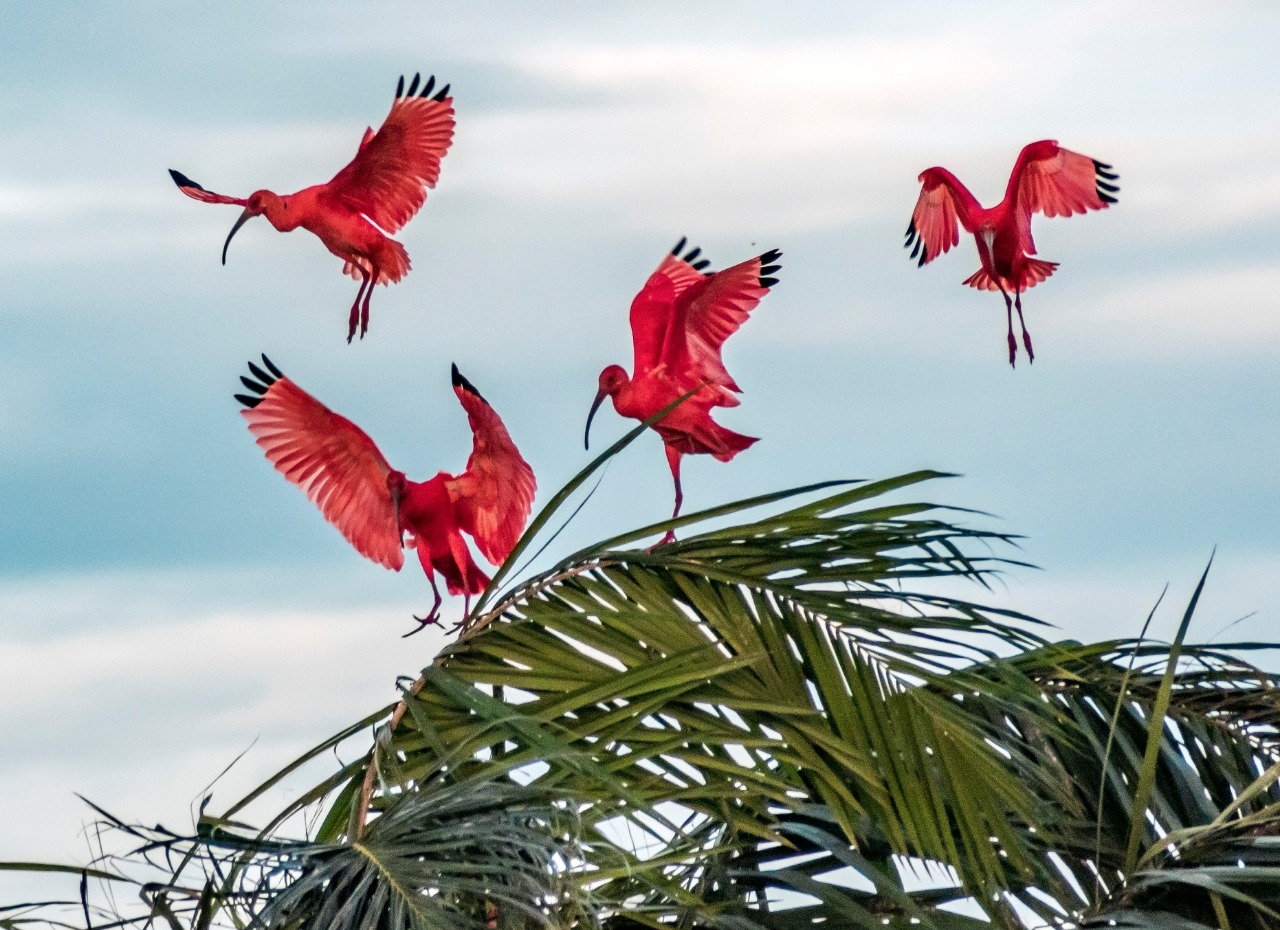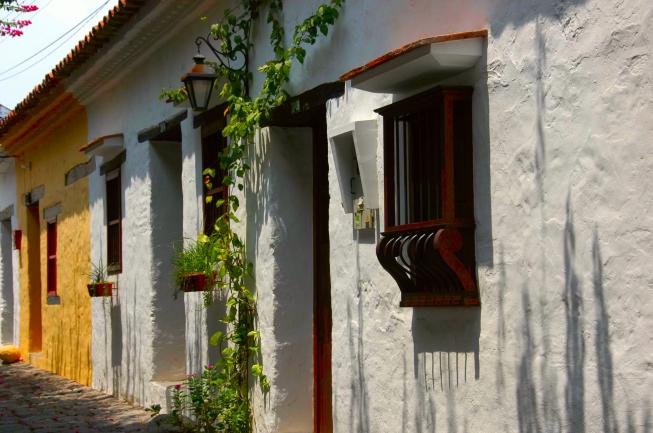Sierra Nevada del Cocuy overview
To hike in the Sierra Nevada del Cocuy is to penetrate the spirit and heart of the Colombian Andes. Summits of silence, glaciers and eternal snow, lakes in altitude with multiple colours and surprising vegetation… In the wild beauty of these remote territories still live some mountain people and farmers: humble, simple and hardworking people.
The Cocuy National Park covers an area of approximately 306,000 ha with average altitudes of over 4,000 m and snow-capped peaks up to 5,350 m. It has 20 snow-capped peaks, high cliffs and high lakes. Thanks to its climate and topography, the Sierra Nevada del Cocuy has a great biodiversity (Colombia is the 2nd country in the world with the most biodiversity) with a “Páramo” ecosystem, a vegetation composed of mosses that abound in a large quantity of water.
This ecosystem is found in only 4 countries in the world: Ecuador, Peru, Venezuela and Kenya, especially in the middle of the equator. This region is particularly known for its “Frailejones” which are plants with large, fluffy leaves and flowers.
We find in the park bears, pumas, white-tailed deer, the famous Andean condor, but also the brown-breasted conure, a bird endemic to Colombia and the stenocercus lache, a colorful endemic lizard that can live up to 4000m of altitude.
History of the Sierra Nevada del Cocuy
The El Cocuy National Park was created in 1977, it is the 5th largest in Colombia and extends into the Llanos. Before the arrival of the Spaniards, the area was settled by an indigenous tribe known as the U’wa. These indigenous groups were the masters of the land, and depending on the altitude, were able to cultivate different crops including corn, potatoes, coca, and beans.
Its strategic geographical location allowed for trade between the Llanos and the Andes, especially for livestock. The villages of Cocuy and Güicán were created between 1754 and 1822. They were highly politicised between conservatives and liberals. It was here that the second largest mass suicide in the colonial era took place. Indigenous people threw themselves off the “Stone of Sacrifice” to escape slavery by Spanish colonial troops.
Contact a Travel Agent now
Design the trip of your dreams today with one of our country experts:







